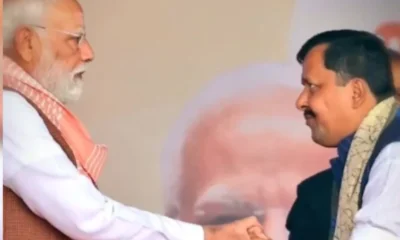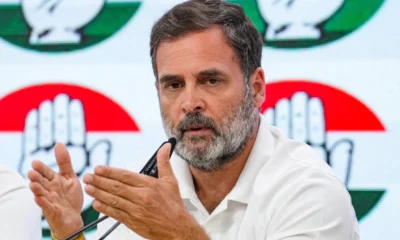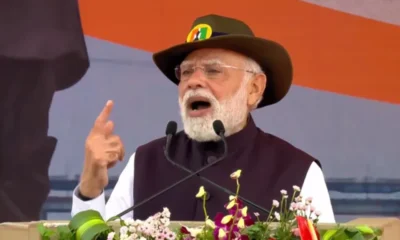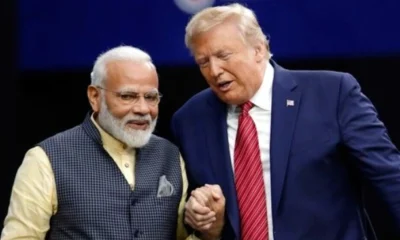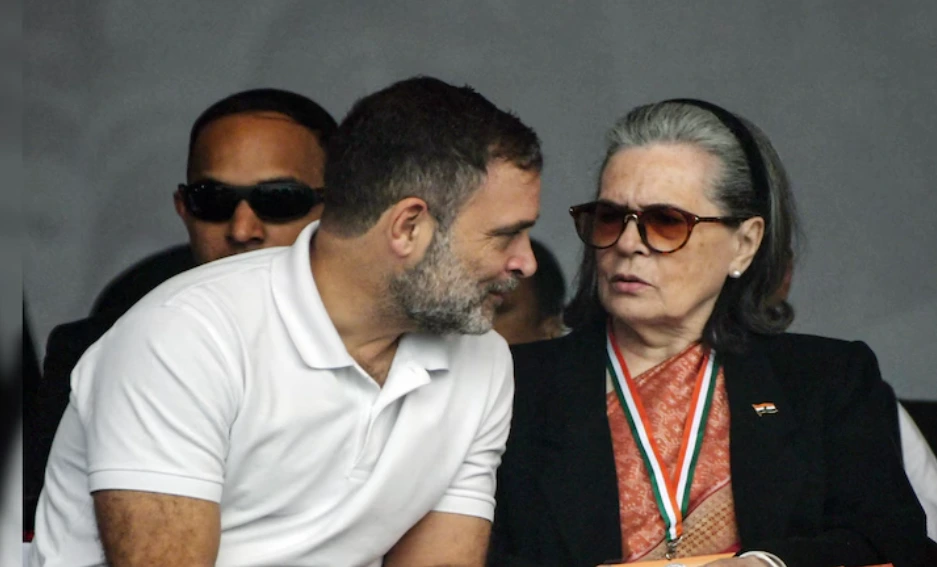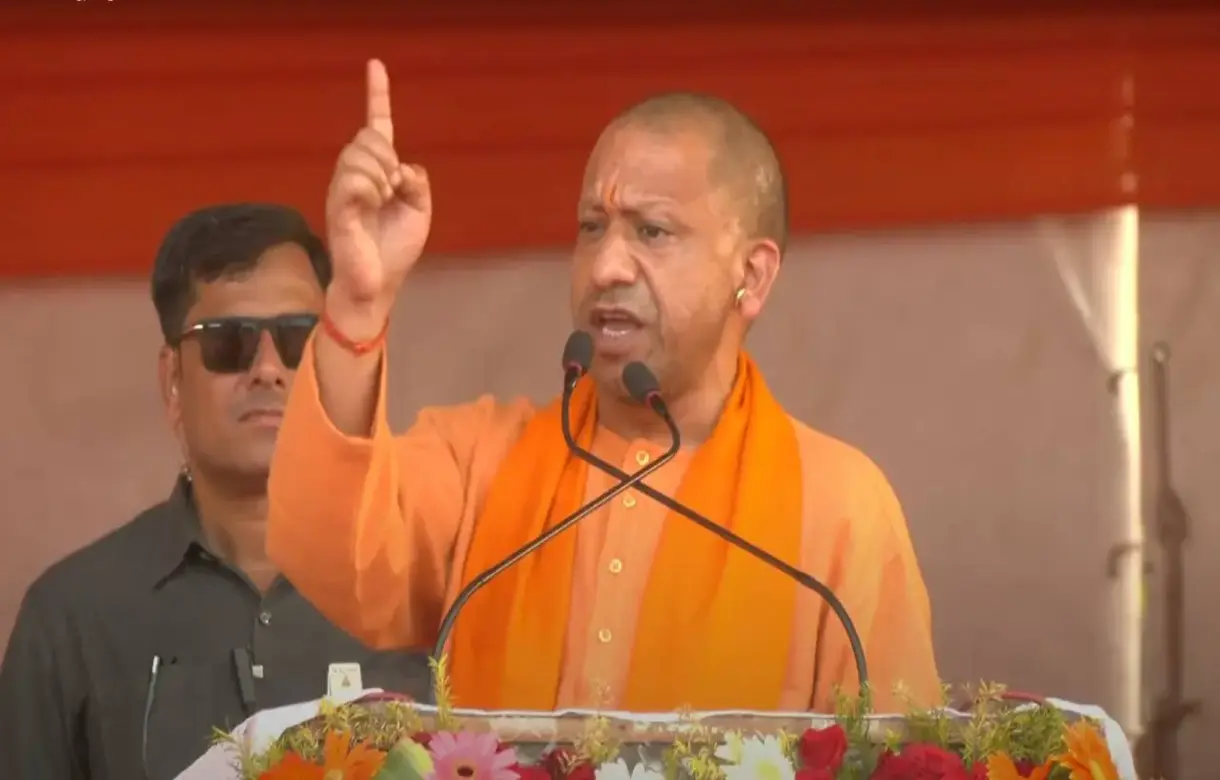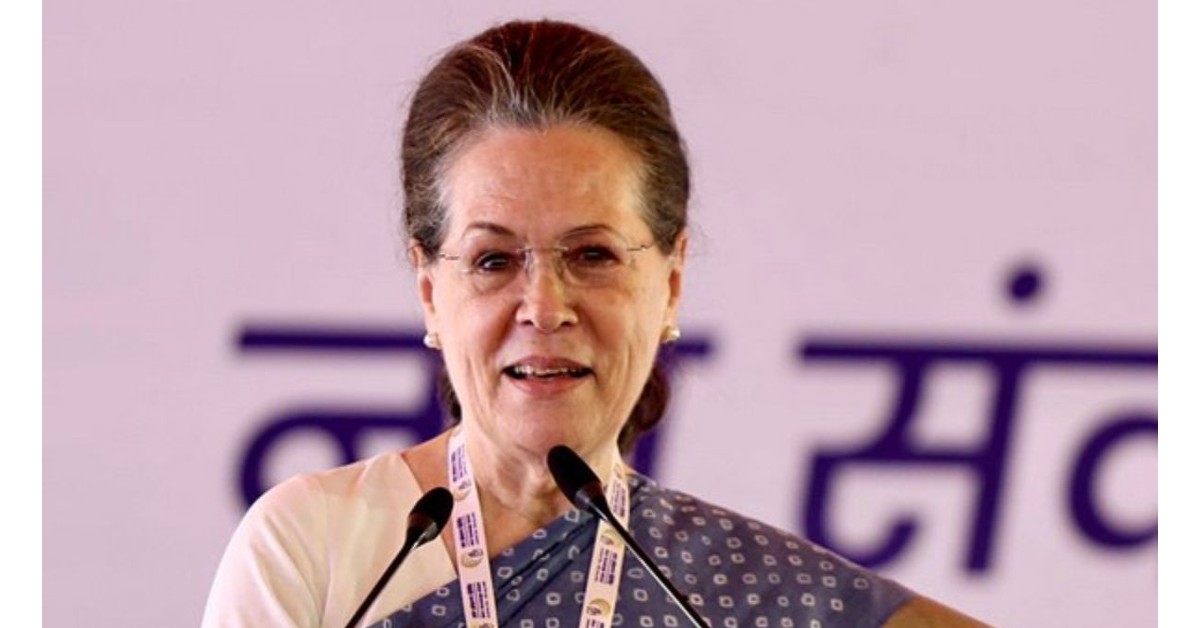India News
Maharashtra farmer earns Rs 6 after selling 2,657 kg onions, sends it to CM Fadnavis

India News
Delhi High Court issues notice to Sonia Gandhi, Rahul Gandhi in National Herald case
Delhi High Court has sought responses from Sonia Gandhi and Rahul Gandhi on the ED’s plea challenging a trial court order in the National Herald case.
India News
Yogi Adityanath’s do namoone remark sparks Akhilesh Yadav’s jab on BJP infighting
Yogi Adityanath’s ‘do namoone’ comment in the UP Assembly has been countered by Akhilesh Yadav, who termed it a confession of BJP’s internal power struggle.
India News
Sonia Gandhi calls weakening of MGNREGA a collective moral failure, targets Centre in op-ed
Sonia Gandhi has accused the Centre of weakening MGNREGA, calling it a collective moral failure with serious consequences for crores of working people.
-

 Cricket news6 hours ago
Cricket news6 hours agoRohit Sharma reveals retirement thoughts after 2023 World Cup final heartbreak
-
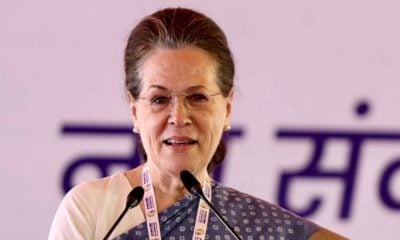
 India News5 hours ago
India News5 hours agoSonia Gandhi calls weakening of MGNREGA a collective moral failure, targets Centre in op-ed
-

 Latest world news5 hours ago
Latest world news5 hours agoH-1B visa renewal delays leave hundreds of Indian workers stranded amid US social media checks
-
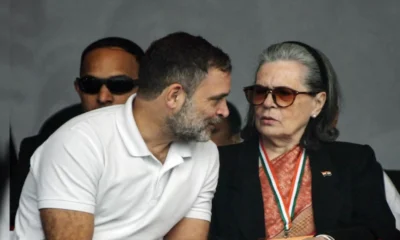
 India News1 hour ago
India News1 hour agoDelhi High Court issues notice to Sonia Gandhi, Rahul Gandhi in National Herald case
-
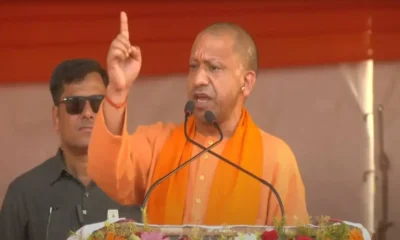
 India News2 hours ago
India News2 hours agoYogi Adityanath’s do namoone remark sparks Akhilesh Yadav’s jab on BJP infighting

